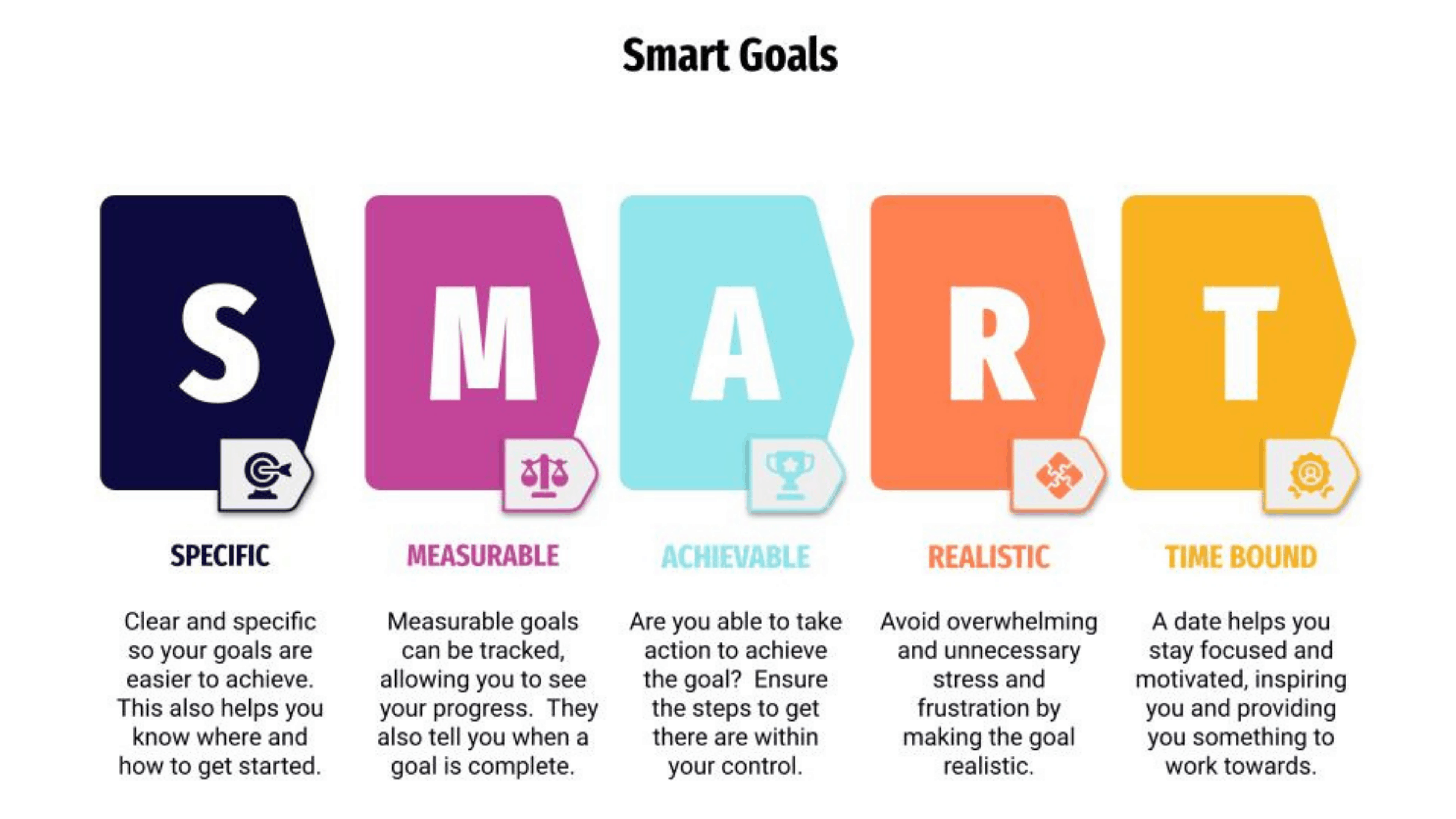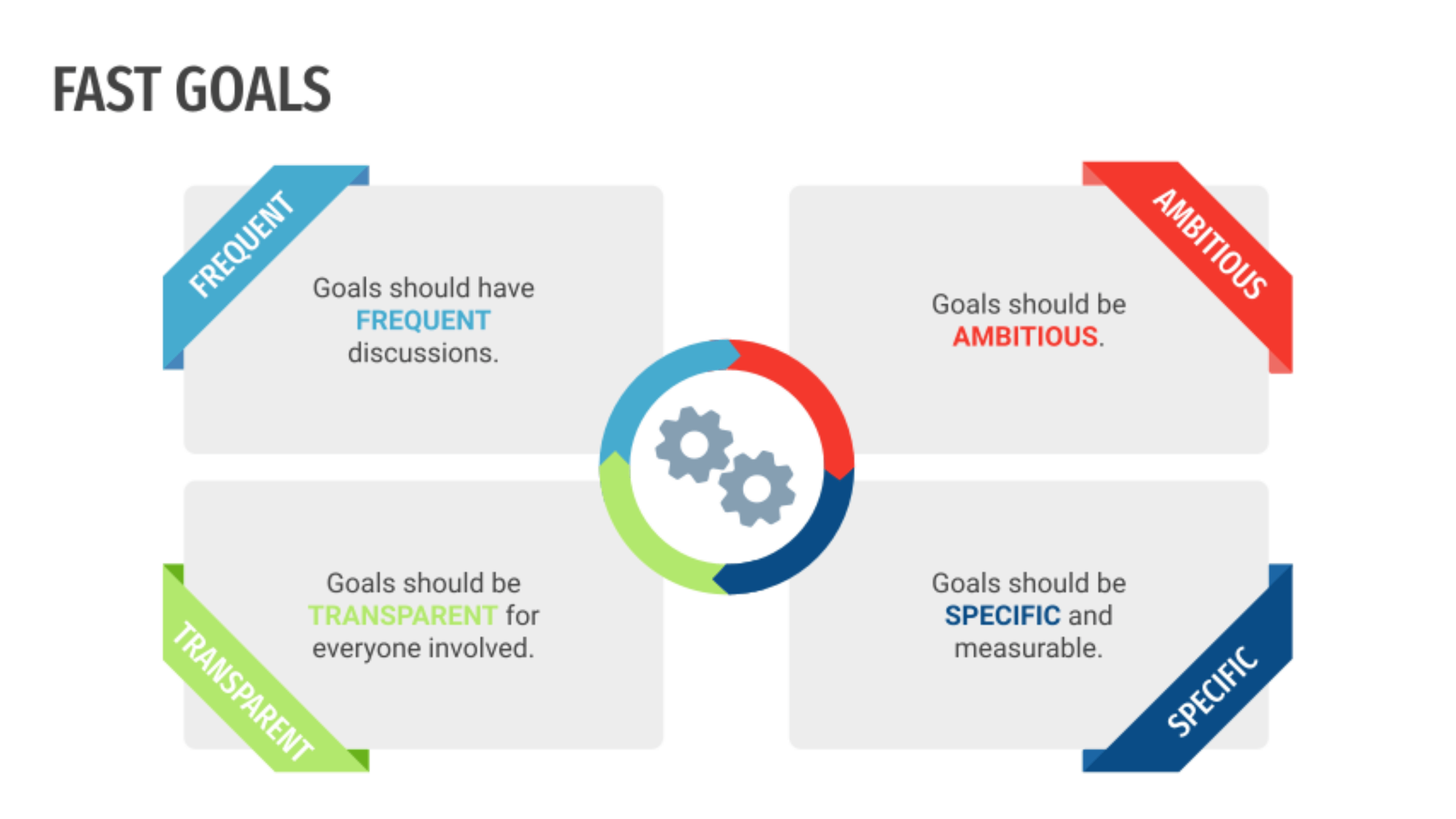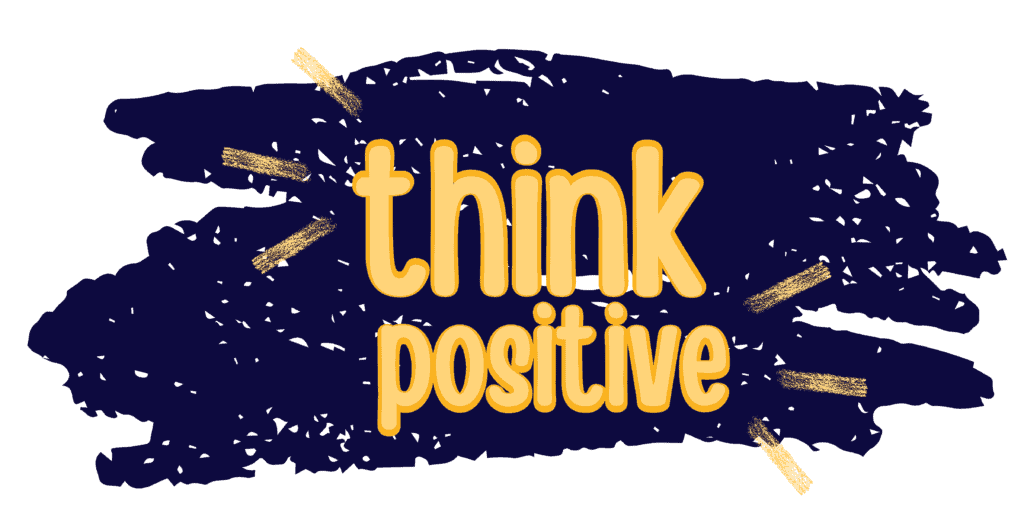How to Achieve Your Goals Using Positive Thinking
Have you ever seen an Olympic athlete, or perhaps a successful entrepreneur, and wondered what makes them so great at what they do? Maybe even somebody closer to you... a cousin, a friend, or a neighbor who just got lean and started living a healthier life, or maybe they finished an important work project and you wondered how they did it.
You already can speculate that there was a mix of hard work and discipline, but perhaps you are missing what happens between the ears. Among all those thoughts in your brain that characterize your mindset, the importance of a focus on the positive is paramount.
You will find how to achieve your goals using positive thinking below.
The voice inside your head
Every situation you face influences you, resulting in a reaction (even if it is one of indifference).
- Maybe you get sad when you do not get that promotion.
- You might get angry at yourself after you ate too much ice cream when you said you wouldn’t do so.
- Perhaps you'll become anxious because there is a test tomorrow which prevents you from studying to pass it.
All those reactions, all those feelings, come after a little voice whispers something to your ears. That voice inside your head can give you some negative talk that results in situations like those mentioned above or can give you an opportunity to discover positive talk that can lead you to understand that maybe that promotion was not for you.
Once you use positive thinking to find gratitude in unusual places, it will lead you to want more, to follow a call to action and create more discipline to keep that ice cream away; or find calm to help you study for that exam.
Stop, evaluate and listen
Identifying that voice inside your head may not be as easy as it seems for other people. However, it is a skill that can be developed. Once you have managed that, turning that voice to focus on the positive as a way of thinking becomes easier. Here is a quick checklist to help you assess how your little voice is affecting you:
- Observe
- Breathe
- Rephrase
OBSERVE
Start by observing yourself a little more, then more deeply. After that, imagine you have something like an ethereal third eye (or maybe a webcam if you want something more tangible) that looks at you from the outside.
- How is your face at that moment?
- Is it relaxed or tense?
- Eyes wide open or shut?
- Are your lips tightened together?
- Where are your hands at this moment?
- How is your breathing? Do you feel your heartbeat?
BREATHE
Next is to manage your breathing. You need to relax and let go of those thoughts trying to invade your mind to think more clearly. A great way to do it is to focus on your breathing. Usually, a deep inhale and a long exhale can make a big difference, although sometimes you may need a few more of those.
So whenever you notice you have stopped breathing, or maybe gasped or hyperventilate, or even when your breathing is alright, but you want to evaluate why you are not feeling like doing your chores, going to the gym, eating your veggies… pause and take a deep breath.
Focusing on your breathing improves your ability to look at yourself. Once you can perceive more of your body, check upstairs and try to listen to that little voice. What are you saying to yourself? Perhaps it is a negative story.
EXAMPLE
You think about how difficult it would be to talk in front of such a big audience, which makes your palms sweaty, which causes you to think how uncomfortable you would feel not even knowing what to do with your sweaty hands. Your sweaty hands distract you and you forget what you had to say. You start mumbling nonsense and stuttering while everyone laughs at you. Do not allow that to become a self-fulfilling prophecy!
REPHRASE
The good stuff happens when you rephrase your negative thoughts and make them positive. Yes, talking in front of such a big audience could be intimidating, but you know the subject and have prepared yourself for that lecture. Yes, your palms may get a little sweaty, but you have your handy dandy handkerchief in your pocket. You may stutter at some point, but you already know how to stop and take a breath… and maybe even make a joke about it, which could help break the ice with the audience.
Optimize your self-talk to achieve your goals
What you tell yourself everyday matters. Refining your self-talk can result in an improved ability to formulate and achieve your objectives. A natural consequence of positive thinking is to flow with optimistic energy while also enjoying mental toughness. These characteristics can undoubtedly help you accomplish what you wish.
Positive thinking can shape your life in many aspects: at home, at work, at the gym, a healthier lifestyle in general, your relationship with your friends, family, co-workers, in a basketball competition, an important work project, during an exam at school, etc.

Set your goals effectively
A goal is something you desire, something you want to achieve. There are many modern ways to set a goal; probably you have heard of the SMART goals. What do SMART goals stand for?
What do SMART goals stand for?
Specific
Be clear and specific so your goals are easier to achieve. This also helps you know where and how to get started.
Measurable
Measurable goals can be tracked, allowing you to see your progress. They also tell you when a goal is complete.
Achievable
Are you able to take action to achieve the goal? Ensure the steps to get there are within your control.
Realistic
Avoid overwhelming and unnecessary stress and frustration by making the goal realistic.
Time-bound
A date helps you stay focused and motivated, inspiring you and providing you something to work towards.

FAST goals. What does the acronym FAST stand for?
Frequent
Your goals should be frequently discussed.
Ambitious
Your goals should offer you a challenge.
Specific
Your goals should have a way to measure specific progress.
Transparent
Your goals should be easy to see and understand for everyone involved.
What is a Positive Goal?
Whenever I have been taught to use any of these methods, one thing was always made clear, even highlighted: write them in a positive sense.
A positive goal focuses on what should be done instead of what should not be done.
For example:
"I want to eat more whole foods" vs. "I want to eat less junk food"
or
"I want to get along with my sister" vs. "I don't want to fight with my sister so much."
Little things can make big differences. Change your focus on the good stuff and avoid ruminating about what is not so good. The conscious and subconscious brain will either promote or inhibit your possible results.
The subconscious brain has trouble with the negative sense. If I tell myself consciously, "I do not want to miss this free basketball shot," my subconscious brain will very likely hear, "I want to miss this free basketball shot."
Telling yourself what you do not want to happen leads you to that result. Focus on the positive outcome to reaffirm your goal; tell yourself what you want to happen instead of what you want to avoid.
Visualize
I am certain something like this has happened to all of us: Immediately after thinking,
"There is no way I will make this,"
... you fail that task.
While, on the other hand, when you are confident about what you are going to do, everything works like a charm. Even when there are setbacks, you pull it through.
Whenever attempting to achieve your goals, try this: visualize your goal fulfilled.
A few examples:
- If you want to run a 5 miles race one minute faster: imagine yourself crossing the line at the expected time.
- Do you want that dress to fit perfectly for the wedding? Visualize yourself rocking that dress with glamour.
- Perhaps you want to pass your final chemistry exam so you can enjoy vacations at the beach with your buddies: then visualize you telling all your friends at the beach how you just knew all the answers to that exam.

A focus on the positive is contagious

A side effect of using positive thinking is that it ripples outward. Your body reflects all that is in your mind. For example, nonverbal cues like a smile, hand movements, and how you walk can make people around you feel better and more comfortable having you around. This, of course, reflects on you as well.
Unconsciously, everyone's attitude improves; you affect those around you, impacting people around them. Thus, a better environment can be created because positive thinking is contagious. Now imagine how that could affect a team's goal-achieving capabilities!
Be true to yourself: You don't need to always find a way to be using positive thinking
Positive thinking means tuning into your self-talk and your feelings, getting the best out of them. It does not mean that everything should be shiny and beautiful. Allow yourself to be sad, angry, afraid, and so on.
Be conscious about how you feel; accept it; embrace it; allow yourself to feel, and then you can take something out of acknowledging where you are at the moment. It does not do you any good when you paint a happy face over your true feelings. Do not hide them.
Looking at the bright side of life
Be who you are, feel the way you feel, talk to yourself tuning to a more positive train of thought, then take action. If this is not enough, look for a helping hand. Someone surely has something good to tell you or do for you.
Remember: the goals you set must be realistic, aligned with your values, specific for what you want, and stated in a positive sense. Observe how you feel when doing the tasks needed to meet your goals. Pause to breathe. Evaluate yourself whenever necessary, change what that voice might be telling you, and then reinforce your determination to your goal with some good old positive thinking. You will be fine.
Fernando Cuellar is an independent personal trainer who helps people to feel empowered to change and, through fitness training, learn how to confront their own difficult situations. Find other articles written by Fernando on his coach profile. He will help you shift to a healthier life with different approaches to discover more about yourself, and how you can get your list of health-related goals fully ticked.






